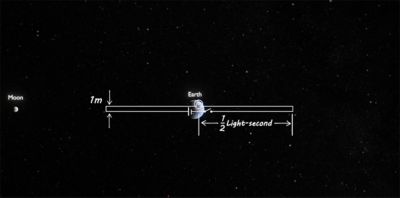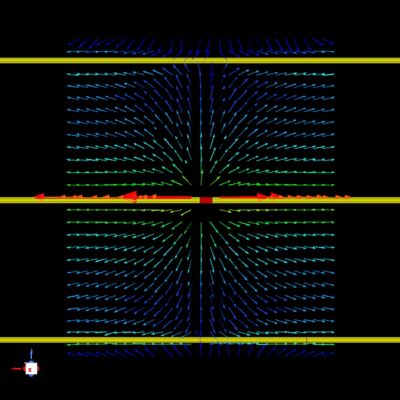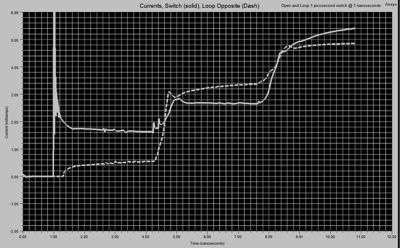-
-
Software gratuito per studenti
Ansys potenzia la nuova generazione di ingegneri
Gli studenti hanno accesso gratuito a software di simulazione di livello mondiale.
-
Connettiti subito con Ansys!
Progetta il tuo futuro
Connettiti a Ansys per scoprire come la simulazione può potenziare la tua prossima innovazione.
Paesi e regioni
Customer Center
Supporto
Partner Community
Contatta l'ufficio vendite
Per Stati Uniti e Canada
Accedi
Prove Gratuite
Prodotti & Servizi
Scopri
Chi Siamo
Back
Prodotti & Servizi
Back
Scopri
Ansys potenzia la nuova generazione di ingegneri
Gli studenti hanno accesso gratuito a software di simulazione di livello mondiale.
Back
Chi Siamo
Progetta il tuo futuro
Connettiti a Ansys per scoprire come la simulazione può potenziare la tua prossima innovazione.
Customer Center
Supporto
Partner Community
Contatta l'ufficio vendite
Per Stati Uniti e Canada
Accedi
Prove Gratuite
ANSYS BLOG
May 19, 2022
Did you see Ansys HFSS on Veritasium? Here's how it all Happened
Veritasium is one of the most popular and successful channels on YouTube that provides the element of truth in everything that’s science and engineering. The channel has racked up over 11 million subscribers with hundreds of millions of views. Here is a story on one of their most popular videos that shows "How Electricity Actually Works" and a super demonstration of how simulation can be leveraged to answer the most contentious questions in physics.
Like many, the pandemic lockdown, social distancing, and work-from-home led me to research my streaming options. I already had Netflix (Better Call Saul), dabbled with Disney+ (The Mandalorian), and later Apple TV+ (Ted Lasso). Then I noticed my son Jake, a college sophomore, watching YouTube, which he said had great videos. After running out of Amazon Prime documentaries to binge while on my Peloton (yup, did that pandemic thing too) I turned to YouTube and exhausted every possible video on World War II piston engine fighters. But eventually I gravitated toward mathematics and physics channels like 3Blue1Brown, Numberphile, and PBS Spacetime.
One day I came across Veritasium’s video on the invention of imaginary numbers. It described Italian renaissance mathematicians trying to solve the cubic equation using geometry and discovering that if they allowed for “negative” area or volume, they could arrive at strange solutions that contained the square root of a negative number, ultimately leading to “imaginary” numbers.
Of course, YouTube tracks your viewing habits to make video suggestions. One morning a video using Ansys HFSS appeared and as the HFSS product manager, I guess it was not too surprising to get this suggestion. But when I clicked on the video, I realized it was a response to another Veritasium video, on a misconception regarding electricity. This response video was authored by Ben Watson and he used the time domain finite element method (FEM) solver, HFSS Transient, to support Veritasium’s contention that energy in electrical wires is carried by the Poynting vector and not by the electrons in wires.
The original video was about a gigantic circuit with light-second long wires that connect up to a light bulb that is just 1m away from the battery and switch. The question in the video was after you close the switch, how long will it take to get light from that light bulb? Below is a visual representation of the question.

Fig. 1: Problem setup from the Veritasium video (wire spacing is not to scale)
The answer options to this video were:
- 0.5s
- 1s
- 2s
- 1/c s
- None of the above
The answer provided by Veritasium for this problem was 1/c s. This video had garnered a lot of feedback, many contending that Veritasium was wrong (plus comments about how 1/c had the wrong units from viewers not willing to assume the meter unit in the numerator). So, I was interested in tracking down Ben Watson and congratulating him on his video (which last I checked had 74k views). You may think finding a “Ben Watson” would be difficult but a judicious Google search with a cross reference to LinkedIn located The Ben. We chatted and he mentioned he was working on a second follow-up video but realized he did not have enough computational horsepower to solve the project. I asked him to send me the model, which I solved on Ansys Cloud and sent the solution back. Ben published this video where he had added an open circuit that conclusively demonstrated energy being carried by the Poynting vector at the speed of light.

Fig. 3: Zoomed in view of Poytning vector field shortly after closing of switch
Fast forward and Ben contacted me to say that Veritasium had reached out to him because of his well viewed response video and wanted to get more results and more information on HFSS because Veritasium was going to do a follow-up to its original video. This in turn led to a Teams meeting with Veritasium host Derek Muller, myself, and my colleague Juliano Mologni discussing HFSS and working with Derek and Ben to generate more HFSS simulations for the Veritasium follow-up video. Juliano did some tuning of the simulation settings resulting in very fast simulation times with the GPU version of the discontinuous Galerkin engine of HFSS Transient (DGTD). Juliano also leveraged Ansys Ensight to post-process and generate some very nice 3D animation of the HFSS results. Then two weeks ago Veritasium published their follow up video where they used HFSS simulation results based on Ben’s design to do a more thorough explanation of the phenomenon.

Fig. 4: Current vs. time after switch closing. Analogous plot shown in the measurement at about 18:40 of Veritasium follow-up video.
It is great to see Ansys HFSS used in this manner, especially for education and insights into the fundamentals. And I personally had a great time running simulations and generating the results for Veritasium. Product manager or not, I learned a lot about the capabilities of HFSS Transient thanks to Ben’s insights and project setup (old dogs can learn new tricks I guess). If you want to learn more about HFSS and HFSS Transient, please visit this Ansys product page and consider watching some of the recent Fundamentals of Electromagnetics webinars that Ansys has been hosting. You can find more insight about how all this physics simulation software works.